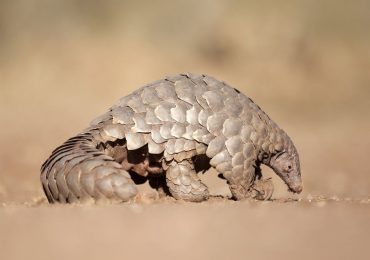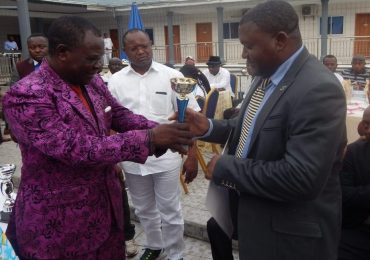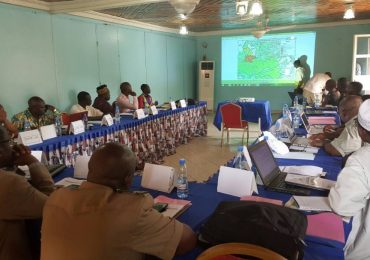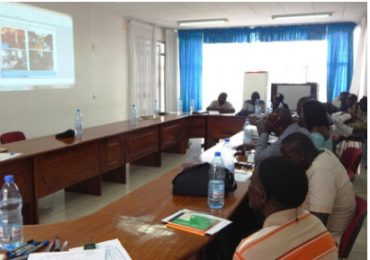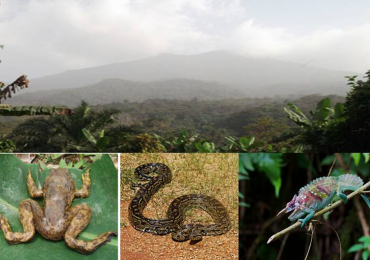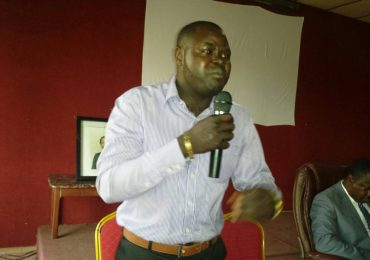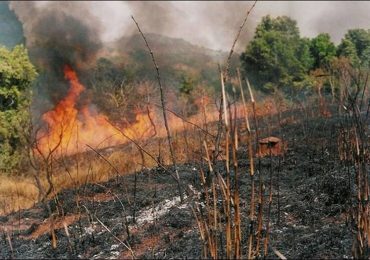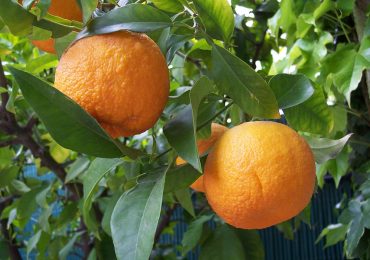Leading international NGOs, Fauna and Flora International (FFI) and Global Environment Facility (GEF), the United Nations Environment Programme (UNEP) have set aside the sum of $1.7 million (circa 850.000.000 francs cfa) for wildlife habitat conservation, and the sustainable management of agriculture and protected areas in Western Cameroon.
This revelation was made during a two-day workshop on Sustainable Farming and Critical Habitat Conservation to Achieve Biodiversity Mainstreaming and Protected Areas Management Effectiveness in Western Cameroon, which took place July 3, at the Trinity Hotel in Limbe.
The Directors of GEF, FFI, UNEP and local implementing partners like the Environment and Rural Development Foundation (ERuDeF), the University of Dschang, CHEDE, collaborating ministries, the representative of the Governor of Southwest and other environmental stakeholders, attended the workshop.
The workshop was organized to explore opportunities, exchange and share expertise and replicable models with local authorities and civil society organizations as well as networks engaged in environmental management and biodiversity conservation.
FFI Programmes Manager for Central Africa, Daniel Pouakouyou, said the project, which seeks to balance development and conservation, has three components; supporting the initiative of the local community with special consideration to environmental protection and legislative issues and institutional arrangements.
Citing the speedy gazette of the proposed Tofala Hill Wildlife Sanctuary and the restoration of the Kupe Integral Ecological Reserve as priority areas under this project, the Task Manager, Biodiversity/Land Degradation at UNEP, Adamou Bhuari, said two-thirds of the allocated amount $1.7 million will be used to support community-based concrete conservation activities.
The representative of the South West Governor, Fabian Kenfack, drawing inspiration from the Growth and Development Strategic Paper, advised the population of the project area between the Bakossi National Park and the Bayang Mbo elephant sanctuary to conserve their biodiversity so as to benefit from environmental equilibrium, eco-tourism and all other ecosystem services that go with a healthy environment.
Kenfack beseeched Cameroonians to contribute to biodiversity conservation via sustainable farming and habitat management, as to better their living conditions
To ensure that the project fetches the utmost desired success, FFI Regional Director for Africa, Rob Bretts, said that “community structures that actually worked in the past, be built upon and put to good use in the project” with more local people involved in the project, especially given that it is not possible to achieve conservation objectives without community support.
He added that dialogue be promoted between protected areas and the people living around those areas. For all these to be possible, according to Bretts, government ministries, project management teams, local institutions and executing partners all have to work together to maximize resources.
This would enable the various groups to eventually justify the global environment and social benefits that would have been generated by the project.
A logical framework for the project has been developed with the validated project document to be submitted to GEF before the end of 2013.
Project implementation begins within the first quarter of 2014.


